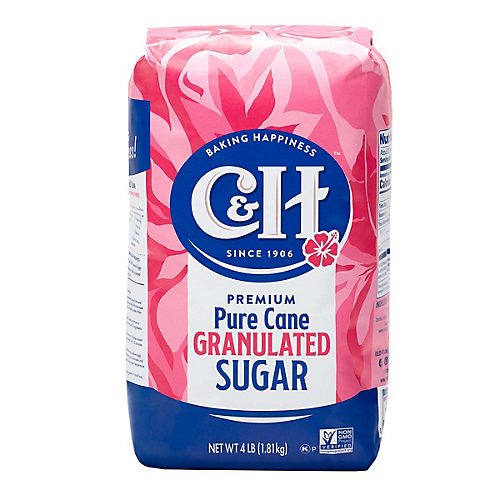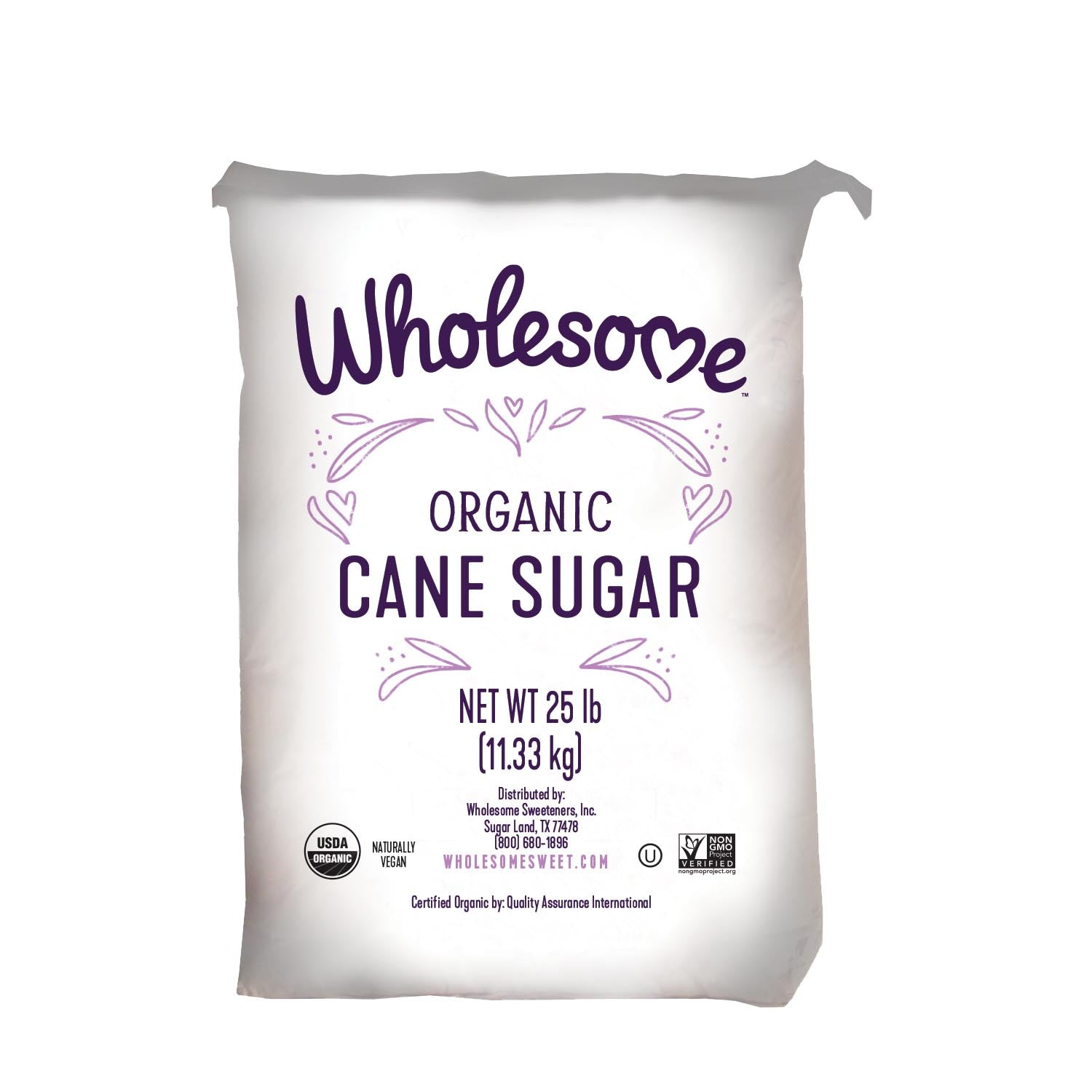Recognizing Cane Sugar Processing: A Comprehensive Review of the Stages
An Extensive Overview to the Environmental Influence and Sustainability Practices in Walking Stick Sugar Handling
The environmental influence of cane sugar handling offers an intricate variety of challenges that warrant careful evaluation. From dirt degradation and too much water use to the carbon impact connected with growing and manufacturing, the consequences of standard methods are far-reaching. In comparison, the fostering of cutting-edge sustainability steps supplies a path towards a lot more accountable manufacturing techniques. Recognizing the interplay between these problems is critical for stakeholders in the industry. What specific practices can be executed to strike a balance between productivity and environmental stewardship? The solutions depend on a closer look at both the obstacles and prospective solutions.
Review of Walking Stick Sugar Processing
Walking stick sugar processing involves a series of methodical steps that change sugarcane right into refined sugar. At first, gathered sugarcane is carried to processing facilities, where it undertakes cleaning to remove soil and particles. Following this, the walking cane is squashed to extract juice, which is after that cleared up by removing pollutants with heating and the addition of lime.
The cleared up juice undertakes dissipation, where water is eliminated to focus the sugar content. These crystals are separated from the continuing to be syrup using centrifugation, resulting in raw sugar.
The final item is after that dried out and packaged for distribution. Throughout this entire procedure, preserving effectiveness and quality control is essential to make certain the sugar meets industry standards. Each action in cane sugar handling not just adds to the last product however additionally has ramifications for source use and waste generation, establishing the stage for discussions on sustainability and environmental impacts associated with sugar production.
Environmental Challenges of Production
The manufacturing of walking stick sugar presents a number of considerable environmental difficulties that warrant focus. One main worry is the considerable use agrochemicals, consisting of chemicals and plant foods, which can cause soil deterioration, biodiversity loss, and contamination of local water sources. The overflow from sugarcane fields usually brings these chemicals right into neighboring ecosystems, interfering with aquatic life and influencing the wellness of areas reliant on these water bodies.
One more challenge is the high energy usage connected with sugarcane processing. The boiling and refining phases need significant warmth, primarily produced by melting fossil gas, adding to greenhouse gas exhausts. In addition, the extensive acreage needed for sugarcane farming can result in deforestation and habitat destruction, additional exacerbating environment change and harmful wild animals.
Furthermore, the labor techniques in some regions elevate moral problems, as employees may face inadequate working conditions and inadequate incomes. This scenario commonly perpetuates a cycle of poverty in neighborhood areas. Cane Sugar Processing. Attending to these ecological difficulties is crucial for creating extra sustainable practices in walking cane sugar manufacturing, inevitably benefiting both the environment and the neighborhoods associated with this industry
Water and Land Use Influence
Water sources and land use are vital elements in the walking cane sugar market that dramatically influence the setting. The cultivation of sugarcane requires considerable water input, with estimates suggesting that it can take in as much as 2,000 liters of water per kilogram of sugar generated. This extensive usage of water often causes exhaustion of local water sources, affecting not only the sugarcane plantations but additionally bordering environments and communities that rely upon the very same water resources for farming and domestic usage.

Moreover, land use for sugarcane growing can result in logging and the conversion of natural habitats right into monoculture vineyards. This method reduces biodiversity, interferes with regional ecosystems, and adds to dirt deterioration. The development of sugarcane areas usually intrudes on beneficial agricultural land, producing competition for sources in between food and biofuel production.
Lasting methods, such as optimizing why not try here irrigation techniques and applying crop rotation, are necessary to reduce these influences. By embracing extra efficient water use and land monitoring methods, the walking cane sugar industry can decrease its eco-friendly impact, making certain a balance between agricultural performance and ecological conservation.
Greenhouse Gas Emissions
Greenhouse gas discharges represent a considerable environmental problem within the walking stick sugar processing industry, particularly as agricultural practices expand to satisfy worldwide need. The cultivation of sugarcane, a crop that flourishes in tropical environments, depends greatly on synthetic plant foods and chemicals, which add to laughing gas discharges. In addition, land-use changes, including logging for brand-new sugarcane haciendas, launch co2 saved in vegetation and dirt.
Throughout handling, power intake is another major source of greenhouse gas emissions - Cane Sugar Processing. Several sugar mills use fossil gas to power machinery and generate warmth, leading to significant carbon footprints. Additionally, the transport of raw sugarcane and finished items includes layers of exhausts with gas combustion in cars
The collective effect of these discharges aggravates environment modification, posing threats not just to the atmosphere but also to the long-term practicality of the sector. Stakeholders must recognize the immediate requirement for comprehensive approaches that deal with these emissions. This includes assessing present agricultural methods, processing approaches, and transportation systems to recognize areas for improvement and mitigation. Addressing greenhouse gas emissions is crucial for fostering a more lasting cane sugar market in a transforming climate.

Lasting Practices and Innovations
Lasting practices and technologies are progressively vital in the walking cane sugar handling market as stakeholders seek to minimize environmental effects while maintaining performance. One significant innovation is the application of incorporated crop monitoring, which enhances resource use by incorporating soil management, parasite control, and crop turning techniques. This technique boosts yield while decreasing chemical inputs and preserving dirt wellness.
Furthermore, the fostering of renewable resource resources, such as biomass from sugarcane residues, has gotten traction - Cane Sugar Processing. By converting waste items right into visit the site energy, processing centers can lower their reliance on fossil fuels, therefore lowering greenhouse gas discharges
Water monitoring techniques have actually also seen enhancements via the recycling and reusing of water in processing plants, considerably minimizing freshwater intake. Innovations in innovation, such as accuracy farming, make it possible for farmers to monitor crop health Get More Info and wellness and resource use much more properly, making sure sustainable cultivation practices.
Moreover, accreditation programs like Fair Profession and Jungle Partnership urge eco liable farming practices and advertise social equity within the supply chain. By accepting these lasting techniques and advancements, the cane sugar handling industry can boost its strength and add positively to environmental stewardship.
Final Thought
The environmental effect of cane sugar processing presents substantial obstacles, including dirt destruction, high water intake, and greenhouse gas discharges, together with honest issues associated with labor methods. Attending to these problems through sustainable practices, such as integrated plant monitoring, renewable resource fostering, and water recycling, is vital. By advertising socially fair and environmentally liable methods in sugar manufacturing, the market can minimize its negative results, making sure a more lasting future for both ecosystems and areas entailed in this sector.
Walking stick sugar handling includes a collection of methodical steps that change sugarcane into polished sugar. Each step in walking cane sugar processing not just contributes to the last product yet likewise has implications for resource usage and waste generation, setting the phase for conversations on sustainability and environmental influences connected with sugar manufacturing.
Greenhouse gas emissions stand for a considerable ecological issue within the walking cane sugar processing sector, particularly as farming techniques broaden to fulfill global need.Sustainable techniques and innovations are significantly important in the walking stick sugar handling industry as stakeholders look for to lower environmental effects while keeping productivity.The ecological influence of cane sugar processing offers significant difficulties, consisting of soil degradation, high water usage, and greenhouse gas exhausts, alongside ethical worries connected to labor techniques.